Letting wine "breathe" isn't just something that happens in restaurants in '80s teen comedies with snooty maître d's. It's really a thing, and you should learn how to do it at home, because it'll make just about any wine—including Two-Buck Chuck—taste much, much better.

It's also astonishingly easy, and despite what the Home Shopping Network may tell you, does not require buying extra gadgets.
How Does Aerating (Letting Wine Breathe) Make It Taste Better?
When you expose wine to air, two processes start: oxidation and evaporation. Oxidation means more oxygen is being added to something, which usually involves some kind of process of breakdown. When iron gets rusty or an apple turns brown, they're undergoing oxidation. Evaporation is when a liquid turns into a vapor.

When wine is aerated, many volatile compounds like sulfides become oxidized and then turn into vapor. This means they don't end up in your mouth, where they can make the wine taste sour, tannic, or otherwise nasty. Ever sipped a glass of wine that has the taste of rubbing alcohol? That would be ethanol, another volatile compound. Exposing your wine to a lot of air reduces that harsh note as well.
So the longer wine is exposed to air, the more harsh flavors and notes begin to mellow out and blend together. If you have a very delicate older wine, you probably don't want it to aerate for too long or its singular aromas might literally turn into thin air. More recent vintages and very tannic wines (like Cabernet and Syrah) tend to be harsher and more concentrated. These can stand long periods of aeration and be better for it.
Do You Need to Buy a Fancy Aerator?
Nope! There are plenty of ways to aerate wine at home, from the simple decanting method to using a blender to "hypercant" wine, all of which we'll get to in a moment. Many oenophiles (that's "wine enthusiast" in fancy talk) I know scoff at buying a specialized tool.
Exposing wine to air definitely makes it taste better, but that can be easily done without spending $30 or more on something that's just going to take up space in your kitchen drawer.
If you're an aspiring sommelier or have a serious wine collection, it may be worth the investment. If you just like a nice bottle of red with dinner and want it to taste better than the price tag might imply, you're better off sticking with home aeration methods.
Sedimentary, My Dear Watson
One easy way to aerate wine is to decant the bottle. That simply means pouring the bottle into a large glass container with a wide mouth. The pouring action aerates the wine once, and letting it sit in the glass encourages the process further.
Decanting has an added benefit: if you're drinking an older wine, you'll also eliminate any sediment (aka fine grit) that might have settled at the bottom of the bottle. In other words, don't up-end that thing and shake it to get the last few drops out.
About half an hour to an hour before you plan on drinking the wine, open the bottle and get out a decanter (or a plain ol' glass pitcher, which is what I use). Gently tilt the neck of the bottle as you pour and stop if you see any sediment about to drop into the decanter. Stop when the bottle is about halfway or two-thirds empty.
Next, let the decanter and the semi-full wine bottle sit for a while—twenty to thirty minutes on average, an hour or more if the wine is very young and harsh.
The reason for keeping some of the wine in the bottle? Exposing all the wine to the air might flatten out its taste, especially if you're not inclined to polish off the entire thing. This way, the wine in the bottle still aerates, but much more slowly. That way you can save a little vino for later and it will retain its aromas and character.
If you really don't want to deal with washing another item, you can just open the bottle of wine at least an hour before you drink it and leave it alone. That's it. Yes, really—that's it.
Aeration for One, Please
What if you know you're only going to have one glass? You don't have to decant or aerate the entire bottle. To aerate a single glass of wine, hold the wine bottle as high as you can without splattering and pour. The distance the wine has to travel to get into the glass provides more aeration.

Be sure to use a wine glass with a deep bowl and stop pouring once the wine reaches the widest point of the bowl. This exposes the most available surface area to air.
Next, swirl the wine gently several times in a row. To do this without splashing liquid everywhere, keep the glass on a table. Hold it by the stem, then move the glass in small, smooth circles as quickly as you can. When you drink, take a small sip and pull air in through your nose to let the oxygen and the wine blend.
If you're not sure about your hand-eye motor coordination, you can also pour yourself a glass following the steps above and skip the swirling. Just leave the glass out for about fifteen minutes and—voilà!—you've got aeration, baby.
To Hypercant or Not Hypercant?
Some science types have suggested using a blender on wine. Hypercanting is a bit of a misnomer—whipping wine through a blender is really the process of hyperaeration, but that doesn't sound as nifty as hypercanting.
Inventor Nathan Myhrvold believes that pulsating wine for 30 to 60 seconds will do what decanting does, but much more quickly. An immersion hand blender would work for this process, too.
On the surface, this makes sense, but in many taste tests, people preferred the traditionally decanted wine to the hypercanted version, saying that the latter tasted flat or bland. Some people have pointed out that in very high-speed blenders, the motor runs so swiftly that it can warm up the wine and ruin the delicate balance of flavors.
Our verdict? You may want to try hypercanting on a very low-risk bottle of vino. Two-Buck Chuck sounds just about right.
Browning apple via All Science Fair Project, Syrah via Wine Dine with Us, Sommelier via Wine in Provence, Wine sediment via Wikipedia, Decanted wine via The Kitchn, Poured wine via Shutterstock, Blender wine via Wine Searcher, Original good grapes, bad grapes, warning bottle, bottle, and thumbs up images via Shutterstock














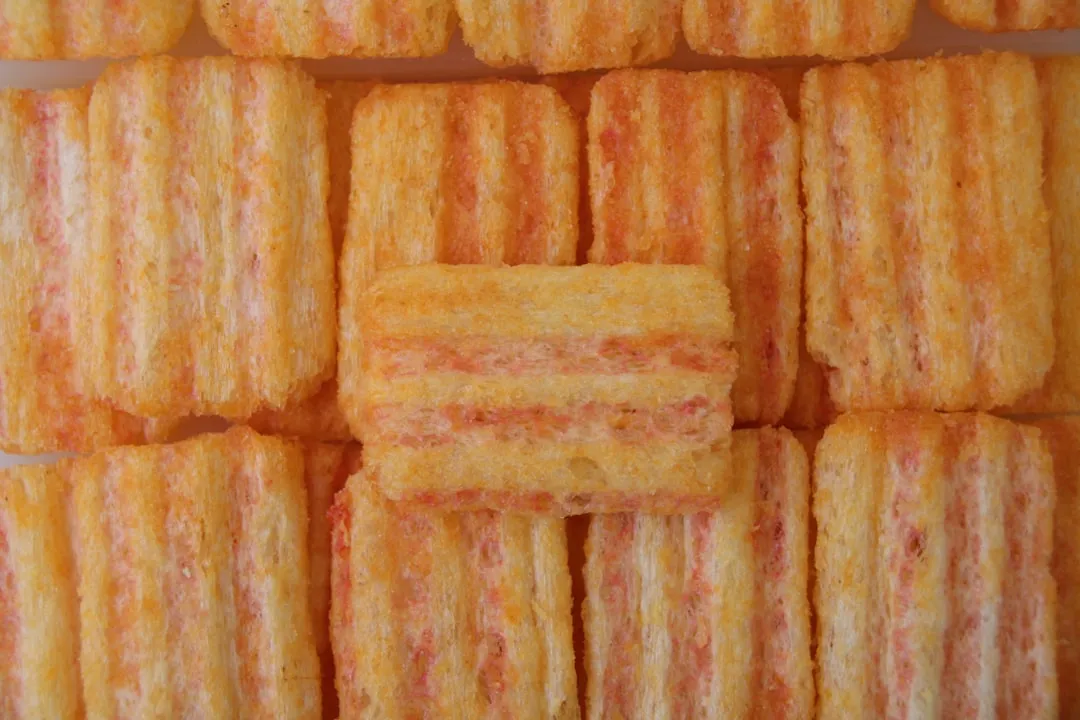
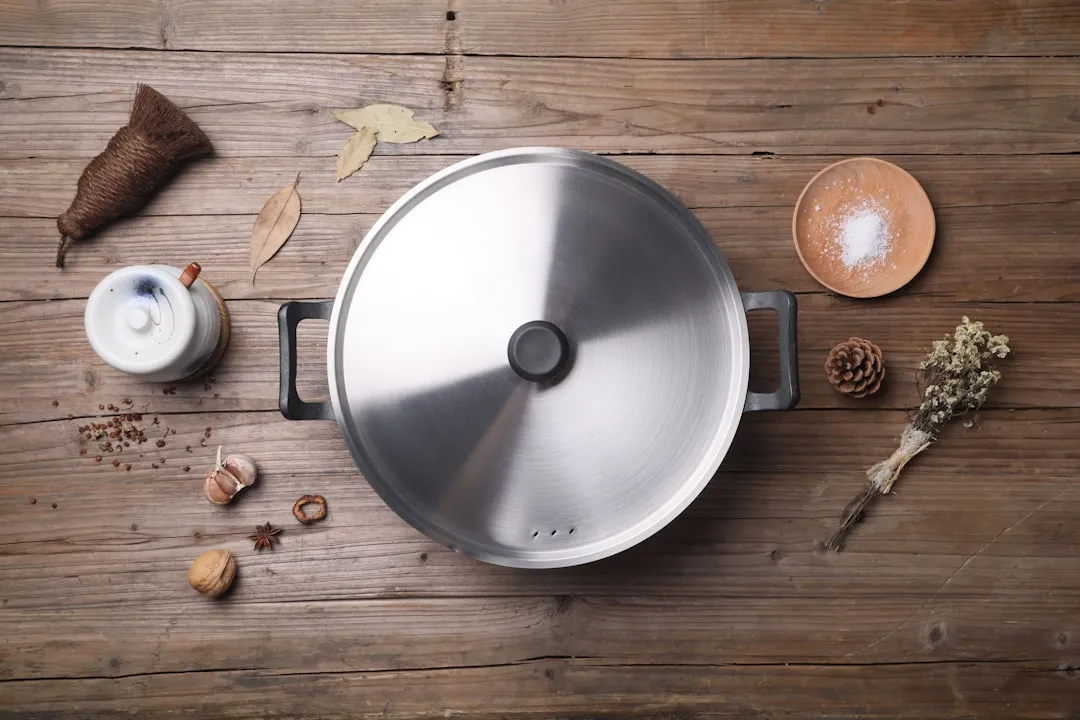

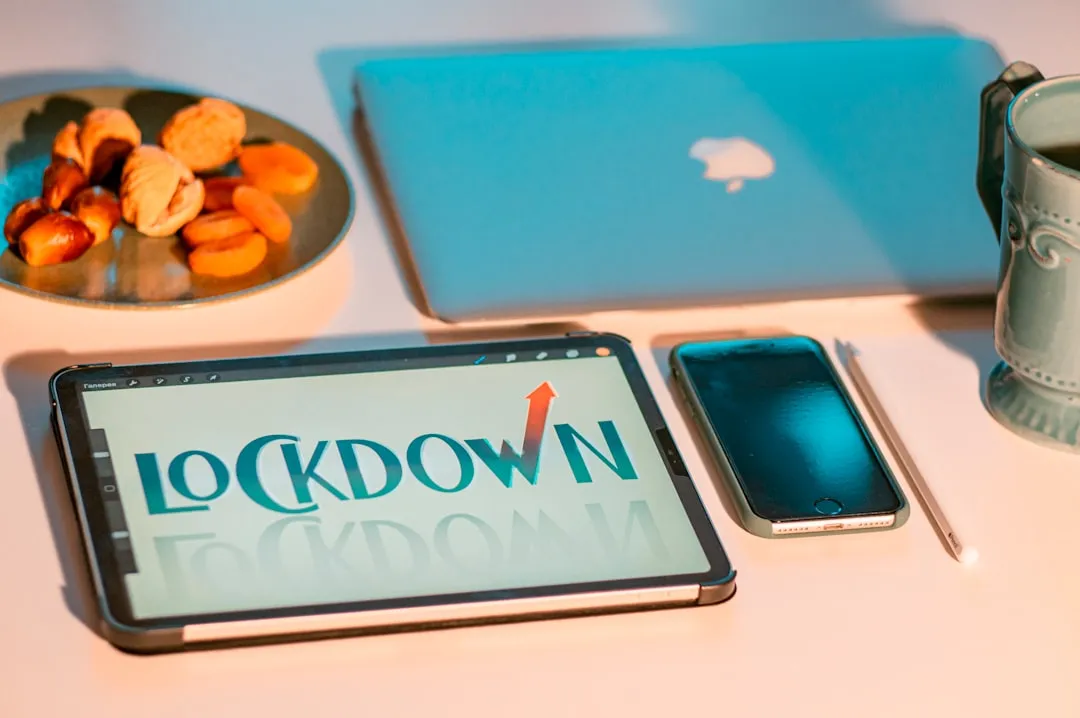







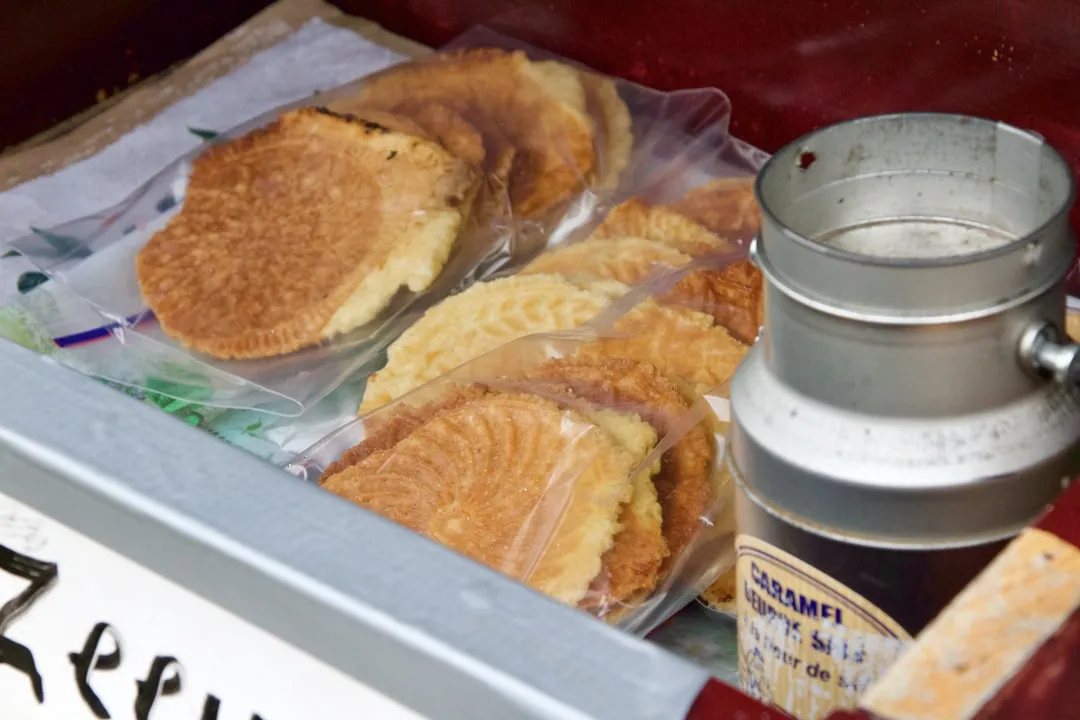

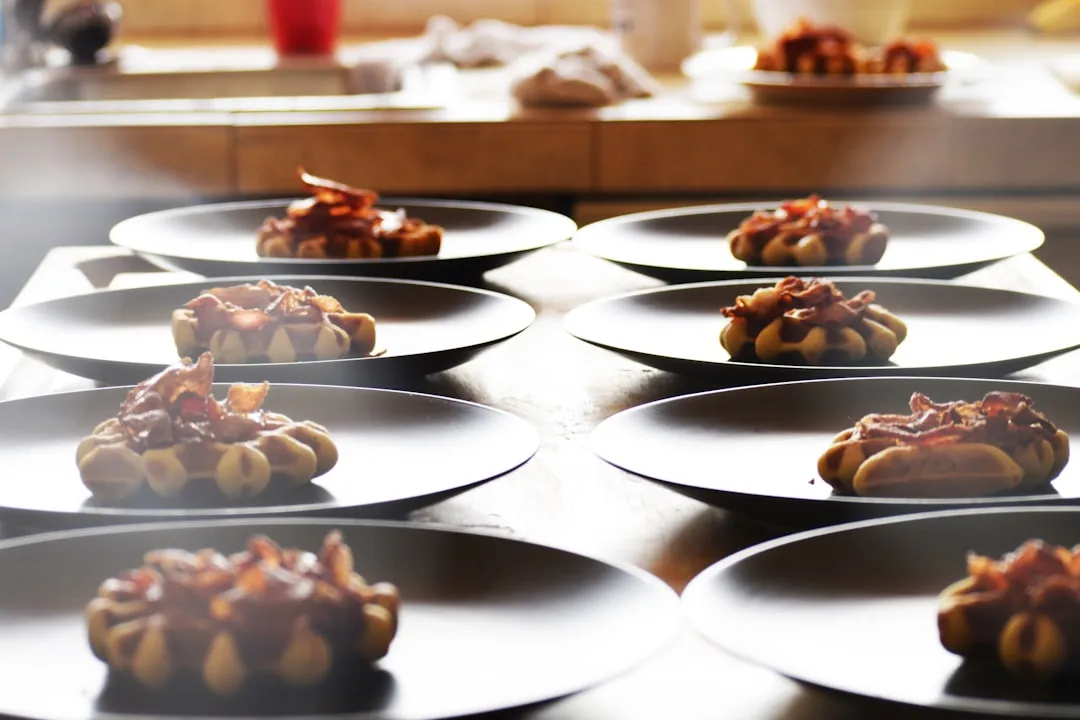


Comments
Be the first, drop a comment!